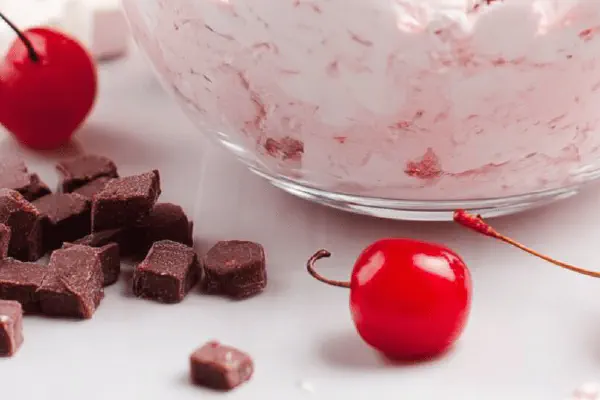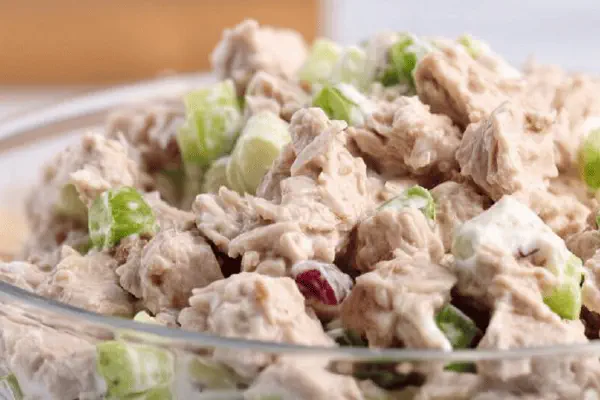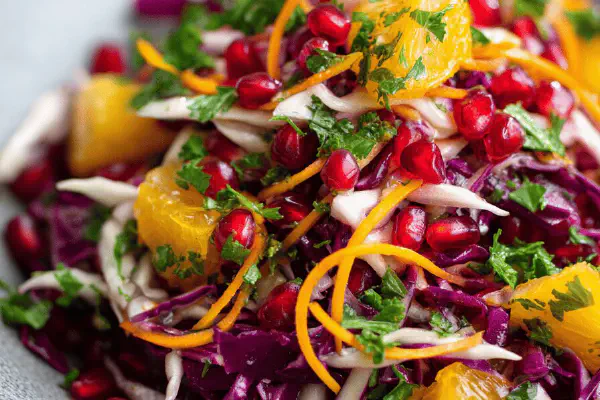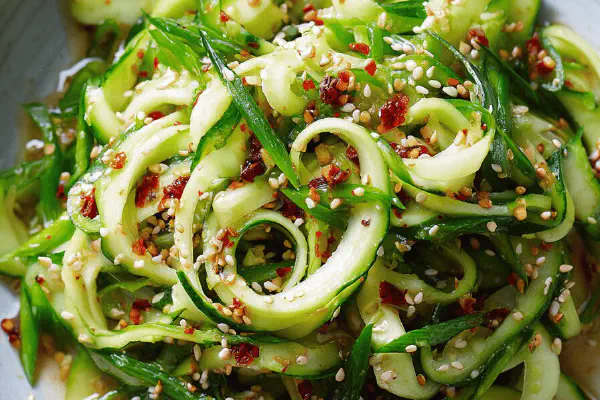Autumn Fruit Mixup
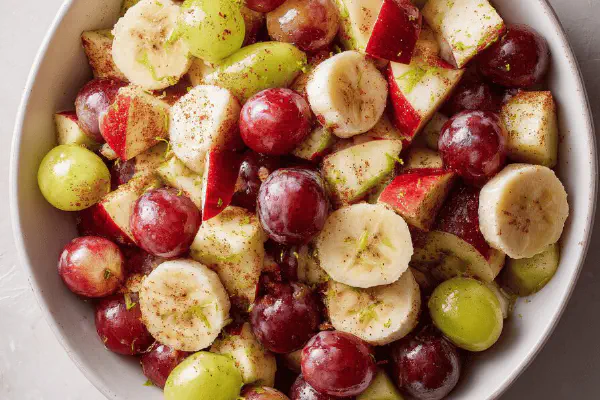
By Emma
Certified Culinary Professional
Ingredients
- 450 ml 1 3⁄4 cups chopped apples peeled or not
- 200 ml 3⁄4 cup seedless grapes halved
- 25 ml 5 teaspoons honey or maple syrup
- Zest of 1 lime
- 1 teaspoon ground cinnamon optional
- 1 ripe banana sliced
About the ingredients
Method
- Pick firm but ripe apples. Chop into bite-sized chunks. Too soft and it turns mushy fast.
- Halve grapes, remove seeds if stubborn. Juicy bursts in every bite matter here.
- Combine apples and grapes in large bowl. Sprinkle cinnamon if you dare, adds subtle autumn warmth.
- Add honey and lime zest. Stir gently, not smashing fruit but coating each piece evenly.
- Cover loosely. Let sit 12 to 18 minutes or until apples soften slightly, grapes shine with juice.
- Check with fingertip. Apples should give slightly, not turn mushy—texture is key.
- Slice banana last minute. Fold in gently to avoid browning or squashy mess.
- Serve chilled or room temp. Watch how flavors marry, sharp lime cutting sweetness, cinnamon lurking beneath.
- If fruits lack sweetness, splash lemon juice and extra sweetener. Too runny? Drain half juice before adding banana.
- Avoid over-maceration or banana goes to sludge. Timing here makes or breaks.
- Substitutions: Pears instead of apples bring floral tones, fig halves instead of grapes add honeyed depth.
- Skip honey with agave or maple for vegan twist. Zest swap lime for orange if preferred more mellow notes.
- Common slip-ups: Tossing banana early; fruit pieces uneven, so prep homogeneous chunks.
- Listen to the juices, smell acidity mixing with sweet. A subtle popping sound from grapes releasing juice is a green light.
Cooking tips
Chef's notes
- 💡 Pick firm apples only. Granny Smith or Pink Lady hold shape better during maceration. Avoid mealy or overripe – mush ruins texture fast. Peeling is optional but tough skins can distract from softness balance. Peeling also lessens bitterness. Halve grapes carefully – seedless only or remove seeds to stop bitter. Use gentle stirring to coat fruit but don’t crush grapes or apples. Watch fruit carefully when sitting out; no more than 18 minutes max. Longer means mush, less juice contrast.
- 💡 Honey adds more than sweetness. It pulls juice inside fruit, slows over-softening. Maple or agave swap for vegan but note texture shifts slightly. Cinnamon is subtle but highly recommended. Adds aroma that works well with tart lime zest. Zest—lime or orange—sprinkle finely. Lime cuts sharp, orange mellows. Don’t use juice here; zest releases oils without extra moisture. Fold banana in only last minute to avoid browning. Slice evenly – large chunks turn mushy, tiny bits disappear. Timing is king here, watch texture visually and by touch.
- 💡 Macerate fruit in a wide bowl; fruit needs room for juice release and spice distribution. Cover loosely but not airtight to avoid condensation dripping back on fruit, making it soggy. Let sit on counter; room temp helps juice develop faster than fridge chill. Scoop out banana right before serving. If mix feels too wet, drain juice carefully with spoon or paper towel – too much liquid breaks structure. Banana absorbs liquid fast, so keep juice level under control. Adjust sweetness with lemon juice if fruit tastes flat – avoid sugar-heavy fixes; honey blends better.
- 💡 If substituting pears or figs, track softness closely. Pears soften quicker than apples, figs add moisture. Both sweeten mix but change texture heavily. Use cinnamon sparingly with figs, figs are already sweet and dense. Lime zest stays a must for balance. Agave changes flavor profile slightly, maple more rustic. Keep banana timing consistent no matter substitute. Macerating too long causes flavor fade and banana mush. Test fruit with fingertip, slight give is ready. Not squishy, still some crunch.
- 💡 Watch and listen closely – grapes hiss a slight pop when juice releases, smells fragrant with cinnamon hitting nose. Texture contrast the goal: crisp apple, juicy grape bursts, soft banana finish. If juice floods fruit too much, drain well before adding banana to keep softness intact. Don’t overmix during folding or you bruise fruit and lose vibrant notes. Letting fruit sit longer drains juices, not melds flavors here. Keep maceration time tight, rely on sensory signals over clock timeline rigidly.
Common questions
How ripe should apples be?
Firm but juicy. Avoid mealy varieties. Test squeeze gently. Too soft means mush. Crispness needed to balance juicy grapes and soft banana added later. Peel optional if skin tough or bitter.
Can I omit cinnamon?
You can. Cinnamon subtle but adds depth. Without it mix lacks autumn warmth. Maybe replace with nutmeg or cardamom but spice changes profile quickly. Testing needed if swapping.
What if banana browns fast?
Slice right before serving only. Folding banana sooner causes immediate browning. Use fresh bananas. If unavoidable, toss lemon juice on slices but affects taste. Last minute fold essential.
Best way to store leftovers?
Keep covered loosely in fridge, max a day. Banana texture degrades fast cold. Consider storing mix without banana then add slices fresh next serving. Drain excess juice if soggy. Serve soon.
